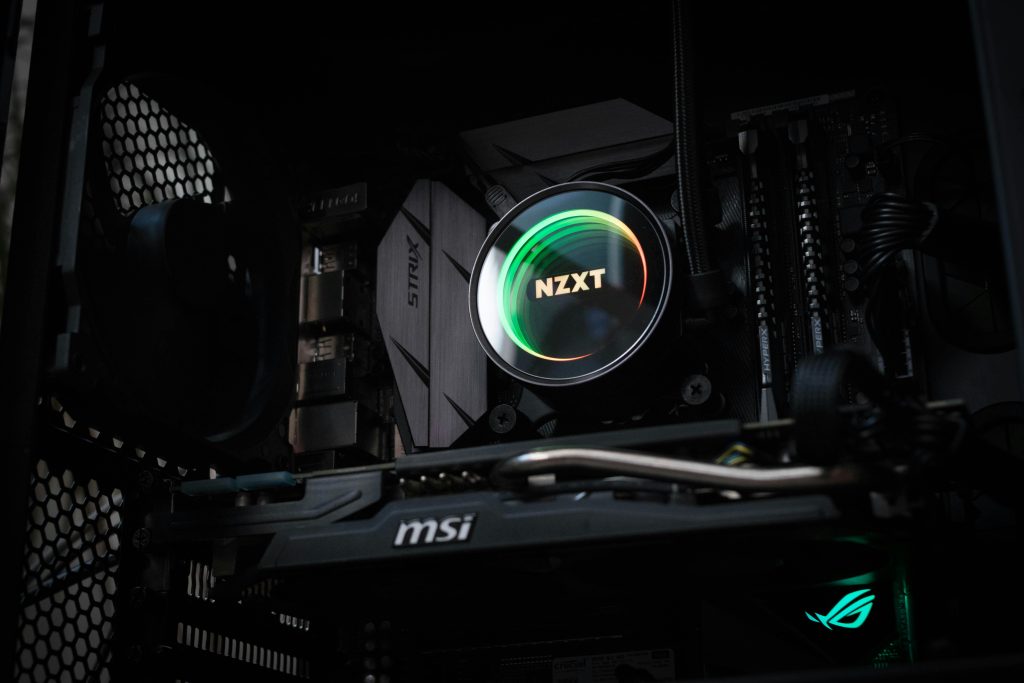Understanding and Troubleshooting Ethernet Connectivity After a Lightning Strike
Experiencing a lightning strike near your property can cause unexpected hardware issues, particularly affecting network components. If you’ve recently undergone such an event and are now facing Ethernet connectivity problems, you’re not alone. Here’s a comprehensive guide to help diagnose, troubleshoot, and resolve common issues related to Ethernet ports damaged by electrical surges.
Case Study: Post-Lightning Ethernet Malfunction
Scenario Overview:
– A lightning strike occurred in the vicinity, leading to a sudden loss of Ethernet connectivity.
– The affected device is a Windows 10 PC with an Intel i7-7700k processor and an Asus Prime Z270 motherboard.
– The Ethernet port shows a warning icon (yellow triangle with an exclamation point) in Device Manager.
– The Ethernet connection works on other devices (such as an Xbox connected via the same port), indicating the port’s hardware is at least partially functional.
– A new router was installed, and network resets have been attempted.
– The PC’s other components are operational and protected via surge protectors.
Key Observations:
– No internet access on the affected PC.
– No available option to reinstall or update the Ethernet driver due to lack of internet.
– The Ethernet port’s driver shows a warning icon, which suggests hardware or driver issues.
Troubleshooting Steps:
- Confirm Hardware Status:
- Check Device Manager for any hardware conflicts or driver issues.
- Attempt to uninstall the Ethernet driver completely, then restart the system to allow Windows to reinstall the default driver.
-
Observe if the warning icon persists.
-
Test the Ethernet Port:
- Connect the PC’s Ethernet cable to another port on the router, if available.
- Use different Ethernet cables to rule out cables as the source of the problem.
-
Cross-test the port with a known working device (like the Xbox) to verify port functionality.
-
Inspect the Physical Port:
- Physically examine the Ethernet port for visible damage, corrosion, or debris.
-
Gently clean the port if necessary using compressed air or an appropriate cleaning method.
-
Network Reset:
-
Continue with network reset procedures via Windows Settings or Command Prompt:
- Using Command Prompt:
netsh int ip resetandnetsh winsock reset. - Restart the computer afterward.
- Using Command Prompt:
-
Check BIOS/UEFI Settings:
- Ensure onboard Ethernet controller is enabled in BIOS.
Potential Outcomes:
- Hardware Damage:
If
Share this content:



